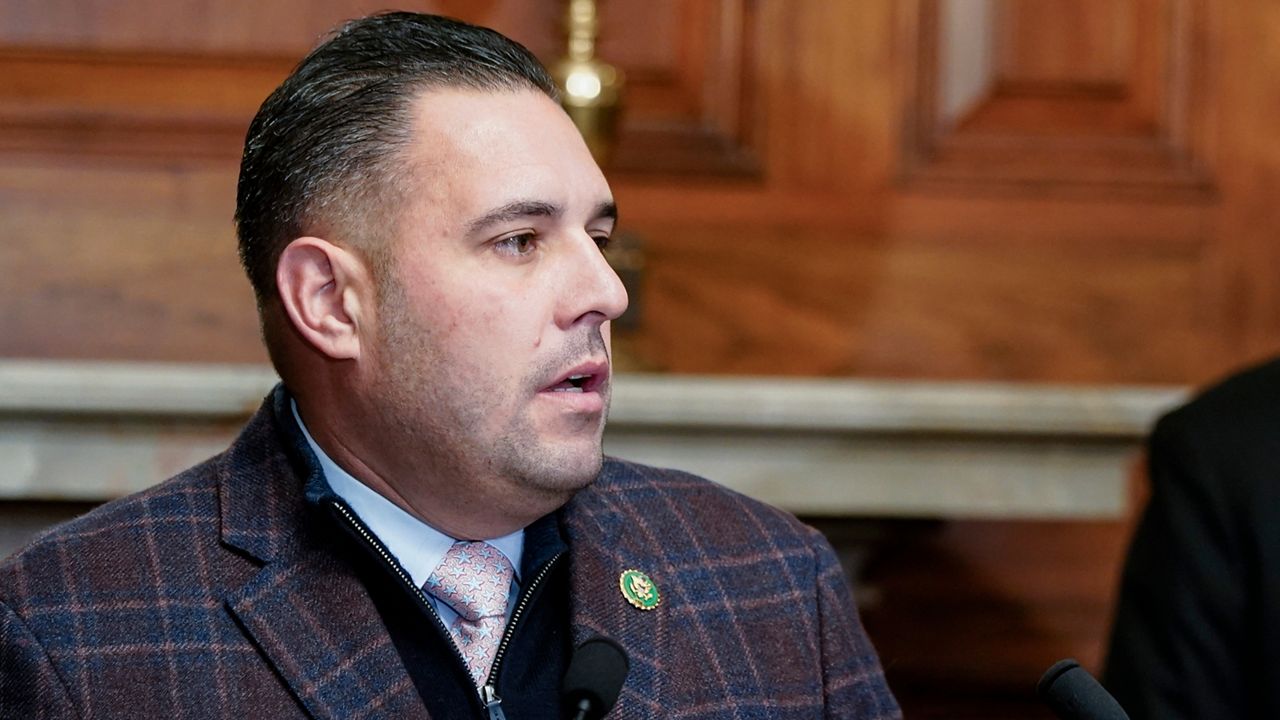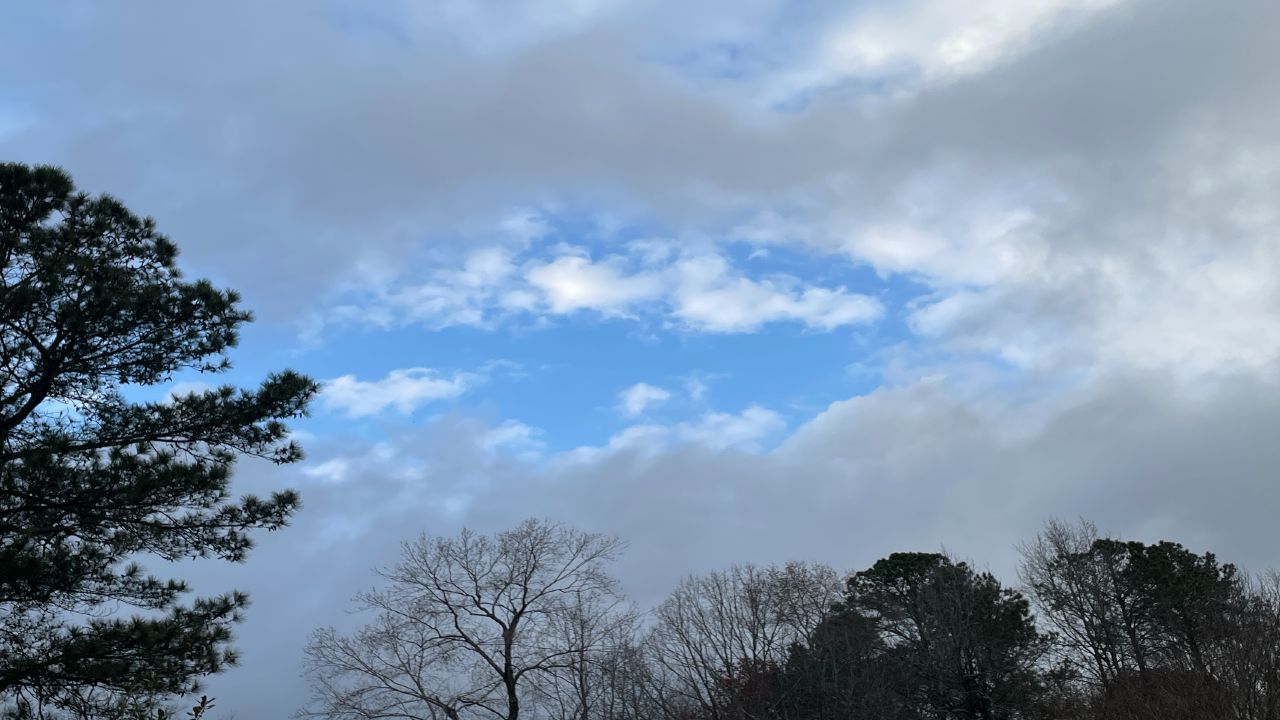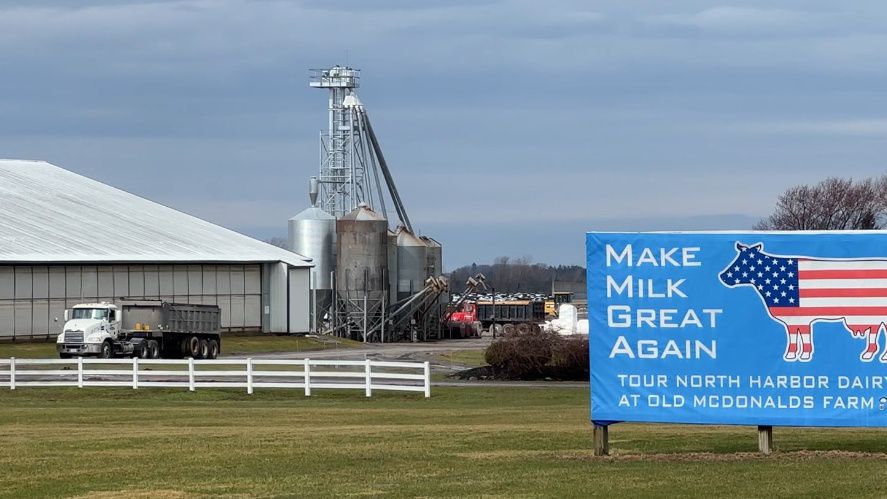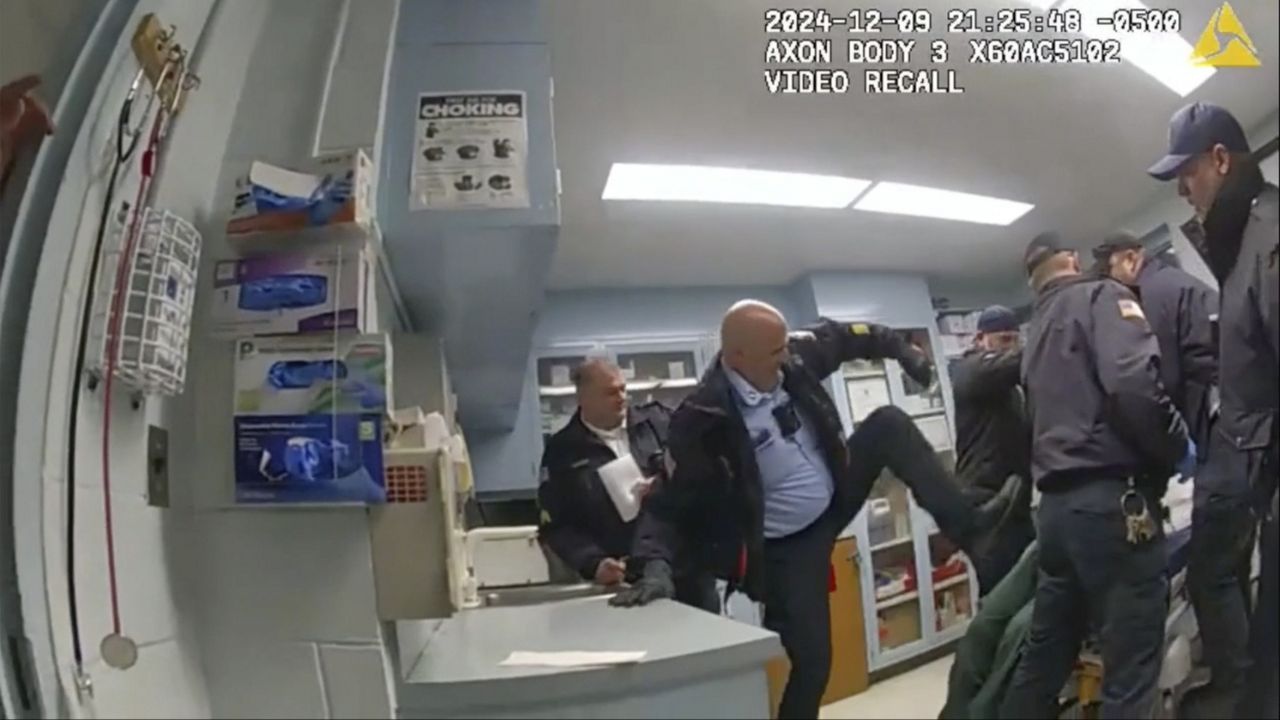The Supreme Court of the United States ruling on Benisek v. Lamone could have an impact on how voting districts are drawn throughout the country. And, it all boils down to gerrymandering.
Gerrymandering is the practice of drawing the lines of the district in order to favor one group over another,” said SU Judiciary Studies Professor Keith Bybee.
The case taken up Wednesday concerns a district in Maryland that was redrawn by Democrats after the 2010 Census.
The concern over this particular district is that it was drawn in a way to punish Republicans for having controlled the district for the past 20 years,” Bybee said.
Joan Durant with the non-partisan League of Women Voters of the Syracuse Metro Area says gerrymandering isn't new.
“Gerrymandering has been going on for a long time. And we have some interesting creatures that have been drawn up. The first one was called a salamander... but it's really to manipulate the vote to make sure that a political party has what they need to get voted into office so the politicians pick voters. Voters don't pick politicians. And it's something we think should change,” said Durant.
And, she says it affects NY voters as well.
“In 2012 is the last time districts were redrawn by the state and if you look at Syracuse, it's not within one district at the state senate level. If you look at the City of Oswego it's in 4 different politicians' hands for the county of Oswego,” said Durant.
She says while districts can change over population changes, there needs to be more transparency.
“We may see some districts changing this time because of population in New York State, our congressional districts may change, but for them to carve them out they need to be continuous...they need to be compact they need to keep government entities together,” she said.
A SCOTUS decision on Benisek v. Lamone is expected to come out in June.
An amendment to the New York State Constitution was approved in 2014, to create a bipartisan redistricting commission for the next census.










